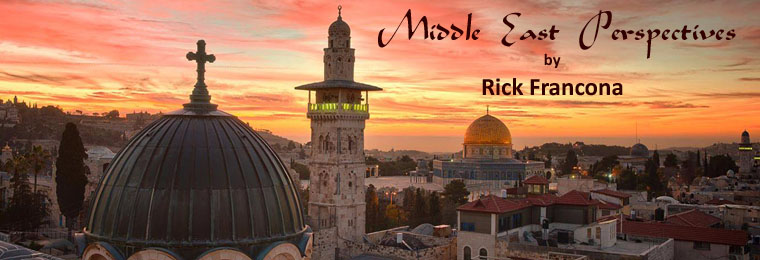
The Syrian government has announced that women wearing the full face veil (in Arabic al-niqab) will not be permitted to either teach or study in Syrian universities. The ruling applies to both public and private schools.
This reflects governmental concern over a perceived shift among the population toward a more conservative brand of Islam. The increasing conservatism is not limited to Syria or the Middle East. This same trend is seen in Egypt, Jordan, Lebanon and Turkey, as well as Arab enclaves in European cities.
Syria is a secular country - the ruling Ba'th Party is dedicated to its three core Pan-Arab principles of wahdah, huriyah wa ishtirakiyah (unity, freedom and socialism). While it is a Muslim country, it is not an Islamic country - one where Islam is not only the religion, but the government and law as well. Examples of Islamic countries include Iran and Saudi Arabia.
The Syrian government reaction to increased wear of the niqab is likely typical of other governments' reactions, but let's take a closer look at Syria in particular. Wear of the niqab, literally "mask," is not that common in Syria. When I lived in Syria, it was seen only in the more rural and Bedouin areas, and occasionally in the cities. It was considered more of a "country bumpkin" style of dress among the uneducated.
What I have noticed over the years, however, is an increase in the wear of the hijab, the headscarf that covers the hair. The hijab is very popular in Syria, the Arab world and most Muslim countries. It is common to see Muslim women in the West wear the hijab as well. When I first visited Syria in the 1970's, I would estimate - anectdotally - that less than 30 percent of women under 50 were muhajibiyah - those who wear the scarf. By the late 1980's that number had not changed much.
In the 1990's, however, there was a subtle shift in attitudes about secularization in much of the Middle East. In 1990, Saddam Husayn invaded Kuwait, prompting the deployment - at the request of the Saudis - of hundreds of thousands of American and coalition forces to the region. It seemed to those who had spent time in the area prior to the liberation of Kuwait that there was almost a backlash against the concessions made while foreign forces were deployed. To me, it appeared that more college-aged women in Damascus had begun to wear the hijab.
I asked a Syrian friend - who does not wear the scarf, we'll call her Layla - about what I perceived to be a trend of increased wear of the headscarf. She laughed and explained that several factors were converging that might explain my observation. There were the reasons that I had observed, such as the backlash to the increased American presence in the area, to be sure, but other strictly Syrian things were in play.
Much of what Layla explained had to do with the Hafiz al-Asad regime. I suspect those factors are the same reasons that the Bashar al-Asad regime is concerned now about increased wear of the niqab. Syria has never been an Islamic country, and the secular Ba'this have been in power since the early 1960's.
There is widespread low-level opposition among much of the population against the dictatorial regime. Many young Syrian women began wearing the hijab as a subtle form of opposition to the government. The recent ruling against the wear of the more conservative niqab is a reaction to what is perceived as a protest against the government.
When I expressed surprise that this was all opposition to the government, Layla reminded me that in spite of the politics, we were still talking about college-aged women. Many of the young ladies wearing the hijab were not making a statement against the al-Asad regime. Instead, they were attempting to appear more chaste than perhaps they had acted in their first years at college and were now seeking husbands. In a country where families still wield influence on who their daughters marry, wearing the hijab takes on new meaning.
That said, the secular governments in the region are concerned about the rise of more traditional Islam, and the increased wear of both the hijab and niqab are examples of that. In Syria, banning the hijab would cause a major uproar. Focusing initially on the more conservative niqab and its less influential constituency makes sense. It sends a message but does not create a huge backlash.

.jpg)

